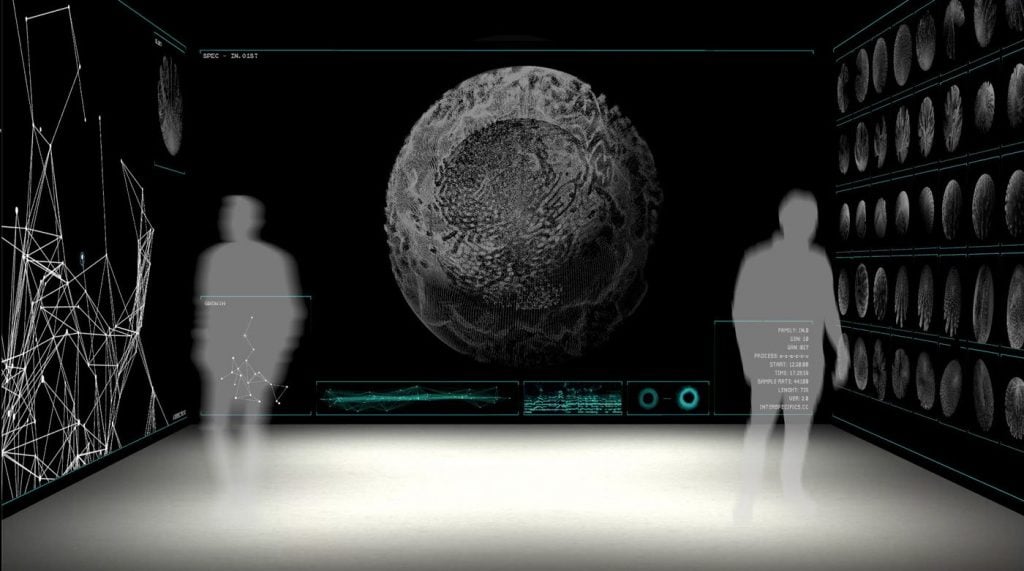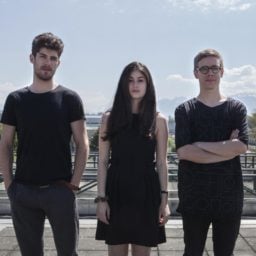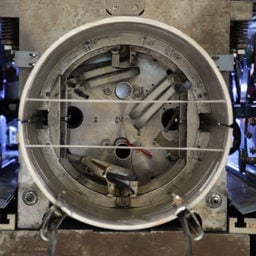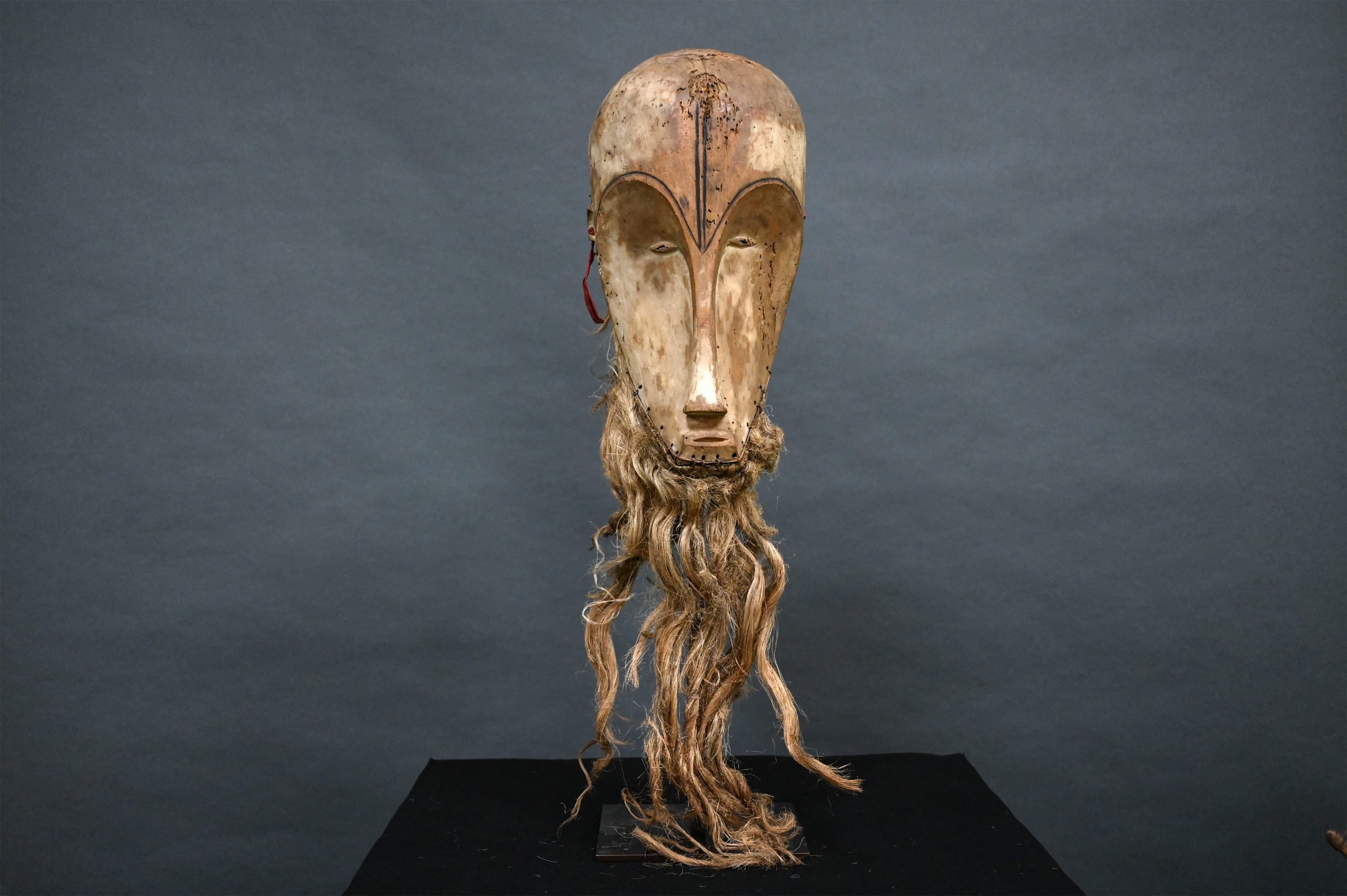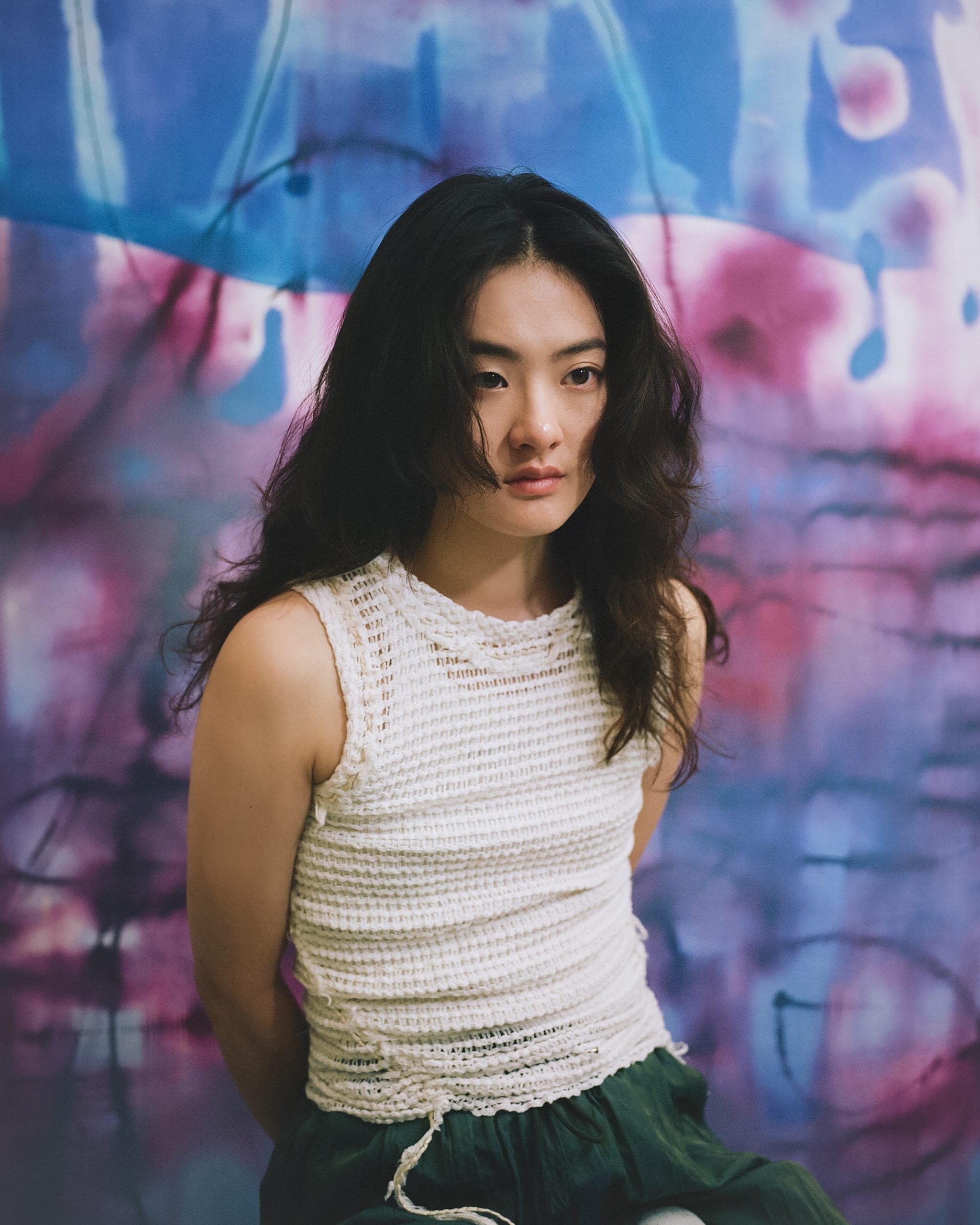Aliens, art, and artificial intelligence are about to collide at the Search for Extraterrestrial Life Institute (SETI) in Mountain View, California, which has awarded Mexico City artistic research studio Interspecifics its first artists’ residency.
Selected from an open call announced last September, Interspecifics plans to use A.I. to generate a lifelike organism in a project named Codex Virtualis. The idea is to simulate the ways in which life might arise on other planets, creating speculative symbiotic relationships between microorganisms and algorithms.
“The Interspecifics collective is a fantastic choice; we could not have asked of a better fit for the residency,” Bettina Forget, director of the SETI Artists in Residence program, said in a statement. “The Codex Virtualis project dovetails perfectly with the SETI Institute’s research into astrobiology, the evolution of life, and AI.
Founded in 1984, SETI is dedicated to the exploration of life beyond Earth, a field that has grown exponentially with the discovery of 4,000 exoplanets over the last 25 years, yielding massive amounts of data from the organization’s Allen Telescope Array, a constellation of radio telescopes in California’s Cascade Mountains.
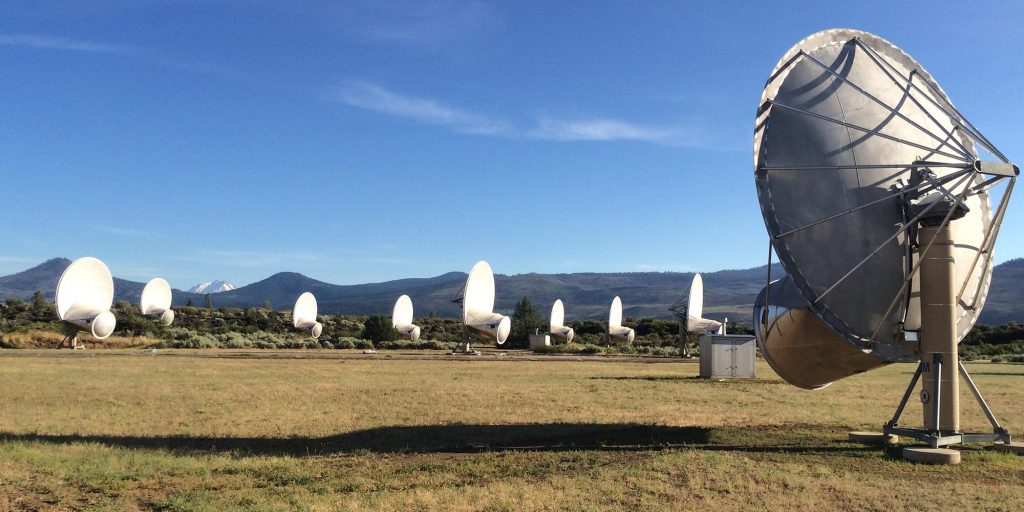
SETI Institute, Allen Telescope Array, Photo by Bettina Forget, courtesy of SETI.
First-hand access to SETI’s work will allow Interspecifics to explore questions such as whether our planet is alone in hosting life, and how we can define intelligence itself.
The two-part residency, organized by the European Artificial Intelligence Lab, will be hosted by SETI and Ars Electronica, the cultural and scientific institute in Linz, Austria, known for its annual art and technology festival.
Interspecifics will spend four to six weeks working with a scientific mentor at SETI and staying at the nearby Montalvo Arts Center. Then, the collective will head to Ars Electronica for three to six weeks to produce work inspired by the first part of the residency. Codex Virtualis will debut at the Ars Electronica Festival this September.
The six-person Interspecifics collective is made up of Leslie García, Paloma López Ramírez, Emmanuel Anguiano Hernández, Felipe Rebolledo Carvajal, Carels Tardío Pi, and Maro Pebo.
The residency is the ninth at the European Artificial Intelligence Lab, following collaborations with organizations including the European Space Agency, the Edinburgh Futures Institute, and CERN, the European Organization for Nuclear Research.
SETI also has a long history working with artists, including Jonathon Keats, Jordan Holmes, Xin Liu, and Dario Robleto.
Follow Artnet News on Facebook:
Want to stay ahead of the art world? Subscribe to our newsletter to get the breaking news, eye-opening interviews, and incisive critical takes that drive the conversation forward.
